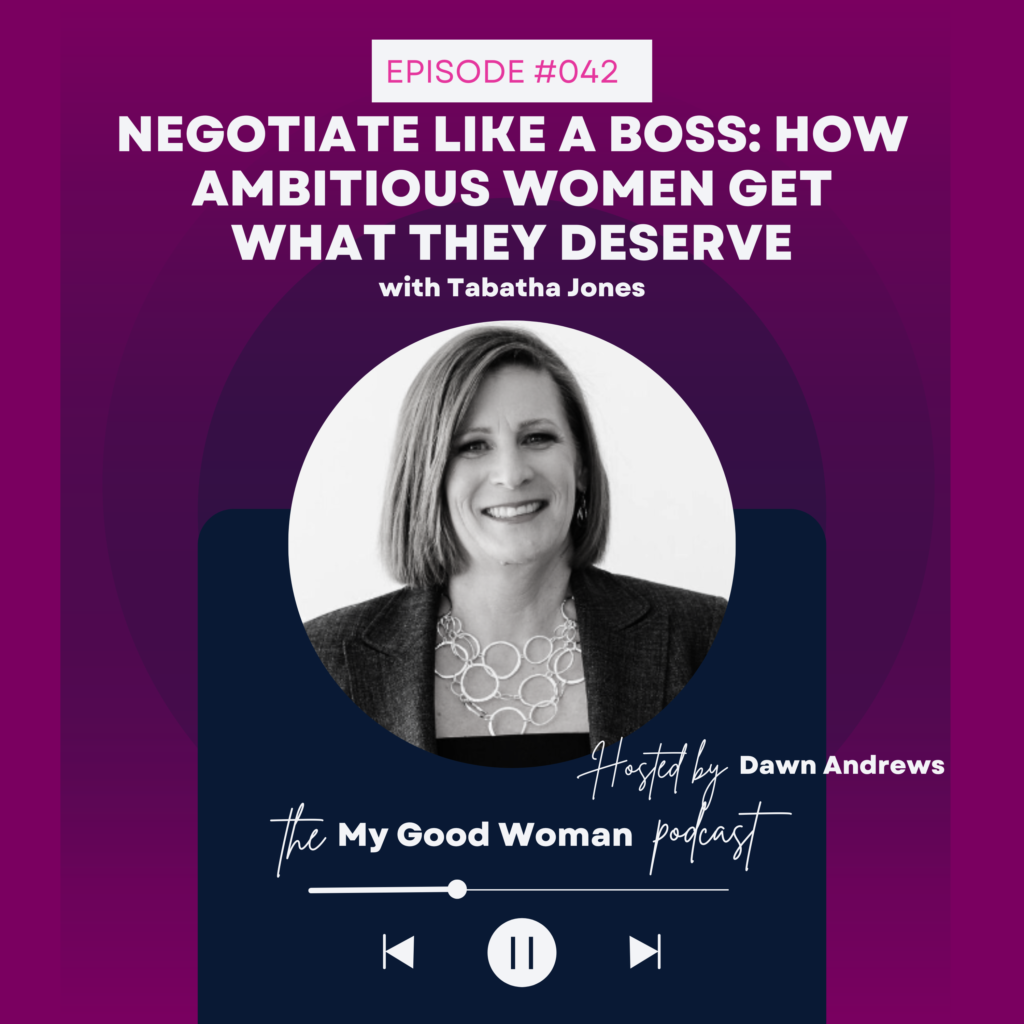 Photo by Austin Distel on Unsplash
Photo by Austin Distel on Unsplash
When developing a startup, one of the most important strategic decisions a founder makes is choosing a business partner. Yet, they rarely give the same level of importance to who they choose and why as they would with choosing a spouse. This is a recipe for disaster.
Whoever you choose as your business partner or co-founder will likely become the person you spend the majority of your time with; more than your spouse or significant other, more than your children or family, and more than your friends. It isn’t totally logical, but so often when we’re starting a business, we focus on the vision for the business but not the long-term commitment to our partners. You may end up working with this person for years or even decades to come, which is the goal when we start a business, right?
Our consultancy works with business partnerships all the time. Sometimes, they are working well. More often, they reach out to us because they aren’t communicating, can’t get along or they’ve gotten stuck on next steps. Business partnerships can breakdown and become dysfunctional just like personal ones.
Issues between founders can be detrimental to the success of their business and conflict resolution is not an easy thing to tackle alone.
 Photo by Christina @ wocintechchat.com on Unsplash
Photo by Christina @ wocintechchat.com on Unsplash
Who are you?
It may seem obvious, but before you start any partnership, it’s crucial to first figure out what you bring to the table — your skills and your psychology. Are you an expert at communication but fall short when managing finances and budgets? Are you conflict avoidant? Do you push for your agenda at the expense of others? Know yourself and communicate your superpowers and foibles to your partner so you can find a partner who complements you, one who balances out your strengths and weaknesses so you can leverage all of your assets to their maximum capacity.
Not sure where to start with this? Refer to my article about knowing your leadership style.
We love using Everything DiSC workplace assessments to help founders understand how they lead and communicate with other people. It shines a light on things they didn’t know or fully understand about themselves and gives them strategies to communicate that to their partners.
Who are they?
Once you’ve figured out who you are and where your strengths and weaknesses lie as a leader, it’s crucial to know and understand the same regarding your partner. If you’re both great at marketing but not at finance, and terrible at delegation you may be doomed before you even begin. There needs to be a balance of skills and responsibilities. A yin needs a yang to be complete. Listen to what your partner has to tell you about who they are. In the excitement of getting something started, founders often listen selectively, blowing past important details that could save heartache, headaches, profit and investment down the road.
Who Is Responsible?
To reduce dysfunction, it’s key to discuss, decide and commit to what each partner is responsible for and who has the last word before you enter into any partnership.
You may think you already did this – you both agreed to areas you would respectively manage, but chances are this was in the short or near term and incomplete.
We have our clients do an exercise called the ABCs. It simple. Both partners list all the things that have to be done to operate the business from their perspectives; otherwise, some of the minutiae gets overlooked. From there, we go through the list and identify:
- Your As: the tasks that you like to do and do well
- Your Bs: the ones you’re OK doing and do OK, and
- Your Cs: and the ones you’d rather not do, ever.
Doing this helps you align with your potential partner on the things you want to do, like doing, and won’t do, and starts to develop accountability to the responsibilities that lay before you both.
Once you’ve made your lists, review them and listen to each other. Match your As with their Cs and see where you net out. Where do you overlap? Take notice of any gaps in your interests and proficiencies and figure out who will cover those in the meantime. If this is not possible, figure out how you’ll fill this gap in your knowledge through additional resourcing, hires or education. If you’re both unwilling to handle a key area of your business and don’t see a way to fill the hole, you may not be the right partners for one another. It is best to find this out as early as possible.
What Do You Both Want
By joining forces, your commitment to each other is not far from the vows you make to a spouse: you’re in this together, possibly for a long time, your relationship dynamics change, new developments occur and they need to be updated as the business grows.
This could mean outlining growth goals, ideal company size, or longer-term product or service plans. You may see your company as becoming a huge international operation, but your partner may want to keep it regional or even local. That’s a red flag and a good indication you’re not the right partner for one another.
It’s also a good idea to think about the goals you’d like to achieve through the business. Oftentimes, entrepreneurs see their identities as an extension of their business and take these goals very personally. This could be individual (i.e. “I want to be the CEO or COO of an early-stage startup”), financial or terminal. Think about where you’d ultimately like to end up and why that is important to you. What is your best-case scenario for how you “end” the business: will you sell it, leave it to your employees or children or close it altogether? Agree on this or agree that you’re both open to several options if you can’t see that far ahead at this stage. Even though it may seem far out, having strong opposing opinions on this could cause a major fracture in your relationship and business.
Ask yourselves, how long do we see ourselves in this business?
How quickly would we be willing to sell this? Under what conditions?
Would we want to create and launch new products or expand our product line?
It’s key to have these conversations and not just assume that your goals for growth or exit are the same as your partners. Perhaps they’re in a different financial situation, life stage, or have a different view of themselves. As the adage goes “when you assume, you make an…”.
 Photo by Cytonn Photography on Unsplash
Photo by Cytonn Photography on Unsplash
This article just scratches the surface on partnerships, but these four areas trip up the partnerships that meet with us. It’s important to recognize that not everything has to line up perfectly, but you each have a clear definition of the options so you can discuss and effectively communicate what you want from the business, before you get in too deep.











